The History of Baldur's Gate: From Classic RPGs to the Triumphant Return of Baldur's Gate 3
Discover the epic journey of Baldur's Gate, from its groundbreaking origins in the late 1990s to the acclaimed release of Baldur's Gate 3 in 2023. Explore the series' iconic games, technological innovations, console spin-offs, and enduring legacy as a cornerstone of RPG history.
The History of Baldur's Gate: The Legendary RPG Returns with Baldur's Gate 3
Baldur's Gate stands as a legendary RPG series, marking the renaissance of computer role-playing games in the late 1990s. The original game, released in 1998, set new industry standards by blending a rich narrative, charismatic party companions, and a faithful adaptation of Dungeons & Dragons rules for video games. Developed by the Canadian studio BioWare and published through Interplay's Black Isle Studios, Baldur's Gate made waves with its innovative Infinity Engine, delivering an isometric world and real-time tactical combat with pause. The 1998-2000 duology laid the groundwork for future RPGs, and after a two-decade hiatus, the franchise made a triumphant comeback in 2023 with Baldur's Gate 3. Below is a year-by-year chronicle of the Baldur's Gate series, tracing its roots to its modern revival.
Baldur's Gate (1998): The Beginning of a Legend
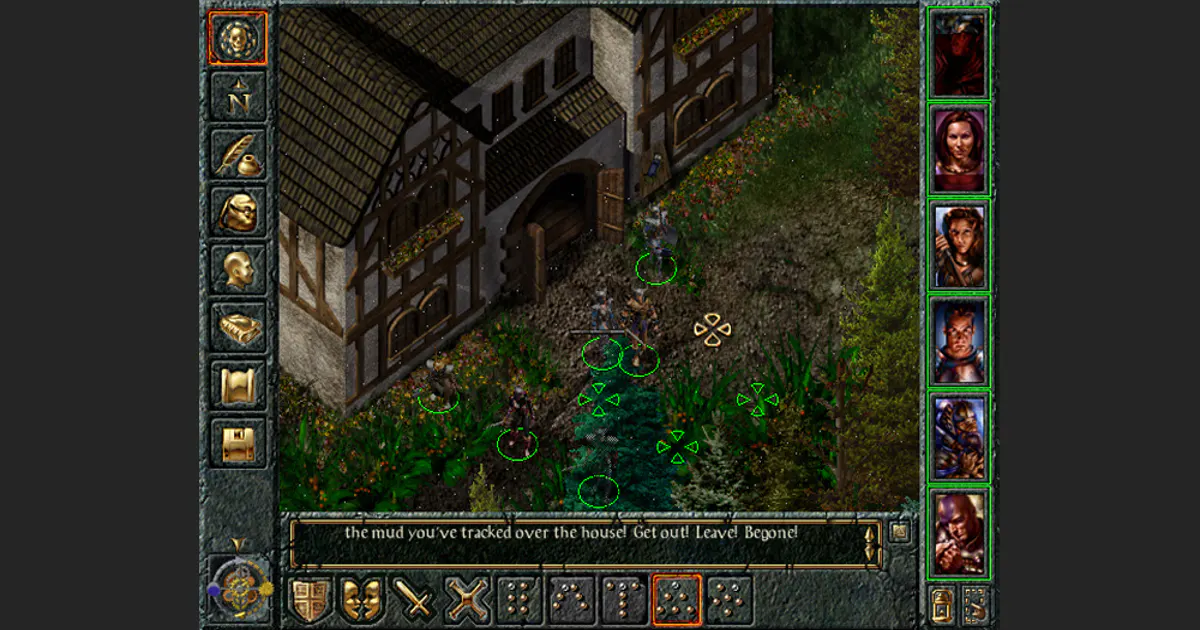
The first Baldur's Gate game launched for PC in December 1998. Developed by a then up-and-coming BioWare studio, it was their RPG debut, supported by Interplay and produced by Black Isle Studios. Baldur's Gate brought the classic Advanced Dungeons & Dragons 2nd Edition rules to the computer screen, allowing players to create their own hero and journey through the fantasy world of the Forgotten Realms (specifically, the Sword Coast region) alongside a diverse party of companions. The gameplay was defined by its freedom and non-linear exploration-players could roam a vast map, complete quests, interact with numerous characters, and shape their hero's reputation.
Combat used a real-time system with a tactical pause feature, letting players stop battles to issue party commands and strategize. The Infinity Engine, custom-built by BioWare, was a technical breakthrough, supporting isometric 2D graphics and complex D&D rule automation while managing a six-member party. This engine later powered genre-defining RPGs like Planescape: Torment and Icewind Dale, becoming the foundation of the classic CRPG revival.
Baldur's Gate was a critical and commercial sensation, credited with reigniting interest in computer RPGs through its deep story, dialogue, user-friendly interface, and innovative party system. It remains one of the greatest RPGs ever made, inspiring countless successors. In June 1999, BioWare released the official expansion Tales of the Sword Coast, adding new areas, quests, and enemies, extending the original adventure until the full sequel's release.
Baldur's Gate II: Shadows of Amn (2000) - The Pinnacle of Classic RPGs
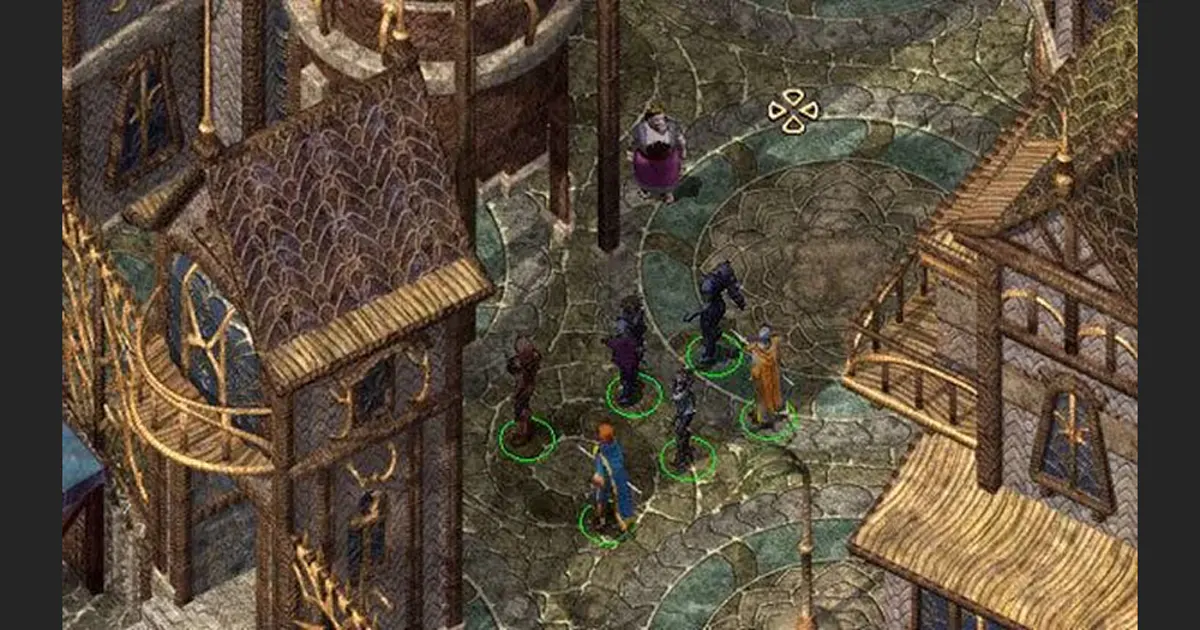
The success of the first game paved the way for an even more ambitious sequel. Baldur's Gate II: Shadows of Amn launched for PC in fall 2000, once again developed by BioWare and published by Interplay/Black Isle. The sequel moved the action to the southern lands of Faerûn-Amn and the city of Athkatla-continuing the protagonist's story from the first game's finale. The goal was to surpass the original in every respect: the Infinity Engine was significantly enhanced, and the world became larger and more intricate, with a non-linear plot, deep companion development, and a wealth of side quests. Combat still combined real-time action with tactical pauses, but improved graphics and UI made battles more engaging and manageable.
The story continued the "Bhaalspawn Saga," chronicling the fate of the children of the murdered god Bhaal. The main antagonist was the powerful mage Jon Irenicus, with the narrative brimming with dramatic twists and moral choices. Critics praised the game's compelling gameplay, deeply realized world, and outstanding audio. Baldur's Gate II was hailed as one of the best RPGs ever, winning multiple "Game of the Year" and "Best RPG" awards in 2000-2001. By 2006, combined sales of the first two games neared five million, cementing Baldur's Gate as a cult series.
In June 2001, BioWare released the expansion Throne of Bhaal, concluding the Bhaalspawn storyline with a new campaign and high-level content. With this, the classic duology reached its epic finale, after which BioWare shifted to new projects (Neverwinter Nights, Star Wars: KOTOR), and the series entered a long dormancy.
BioWare, Black Isle, and the Infinity Engine Legacy
The early Baldur's Gate games resulted from close collaboration between BioWare and Black Isle Studios. While BioWare handled core development and technology, Black Isle managed production, publishing, and creative oversight. Black Isle head Fergus Urquhart personally produced Baldur's Gate II, and its designers consulted on adapting the Forgotten Realms setting and D&D rules. The Infinity Engine-a technological legacy of Baldur's Gate-enabled easy creation of isometric RPGs and was licensed for other Interplay projects like Planescape: Torment (1999) and the Icewind Dale series (2000-2002).
This partnership spawned a golden age of classic D&D RPGs at the turn of the millennium. BioWare eventually shifted to new technology (the Aurora Engine for Neverwinter Nights), while Black Isle closed in 2003 due to Interplay's financial troubles. Nevertheless, the Infinity Engine's legacy endures: its games remain beloved, and the engine inspired mods and open-source projects like GemRB.
Console Spin-Offs: The Dark Alliance Series (2001-2004)
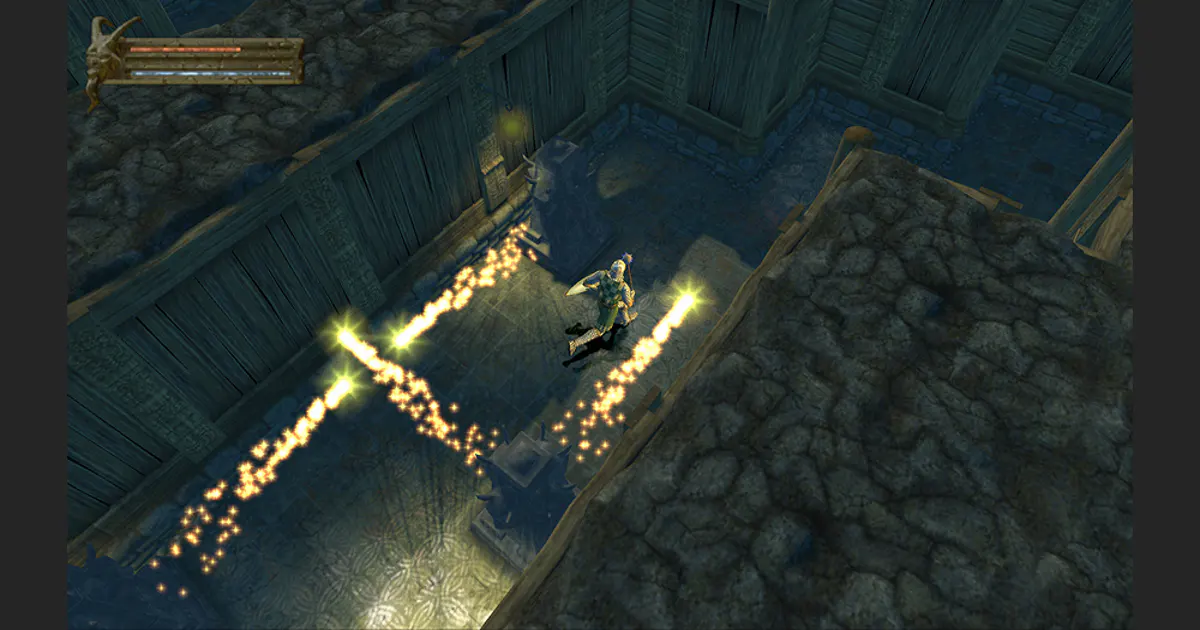
Riding the popularity of Baldur's Gate, Interplay expanded to consoles with the Baldur's Gate: Dark Alliance series. Unlike the core games, Dark Alliance was a third-person action RPG with hack-and-slash gameplay and dynamic local co-op. The first title debuted in 2001 for PlayStation 2 and Xbox (later ported to GameCube and Game Boy Advance), developed by Snowblind Studios and published by Black Isle.
Set in the Forgotten Realms but featuring a new story, Dark Alliance implemented third-edition D&D rules, becoming the first video game to use the latest tabletop mechanics in real time. Players chose from three heroes (archer, warrior, or sorceress), battling through dungeons and cities on a co-op split-screen. The game earned critical acclaim and won the 2002 AIAS "Console RPG of the Year" award. Its success led to Dark Alliance II in 2004 for PlayStation 2 and Xbox, developed by Black Isle. The sequel expanded gameplay with new classes and characters, though sales were more modest. A planned third entry was canceled due to Interplay's bankruptcy and Black Isle's closure. Nevertheless, the Dark Alliance duology became a beloved console spin-off, introducing the Baldur's Gate universe to a wider audience in a more arcade-like form.
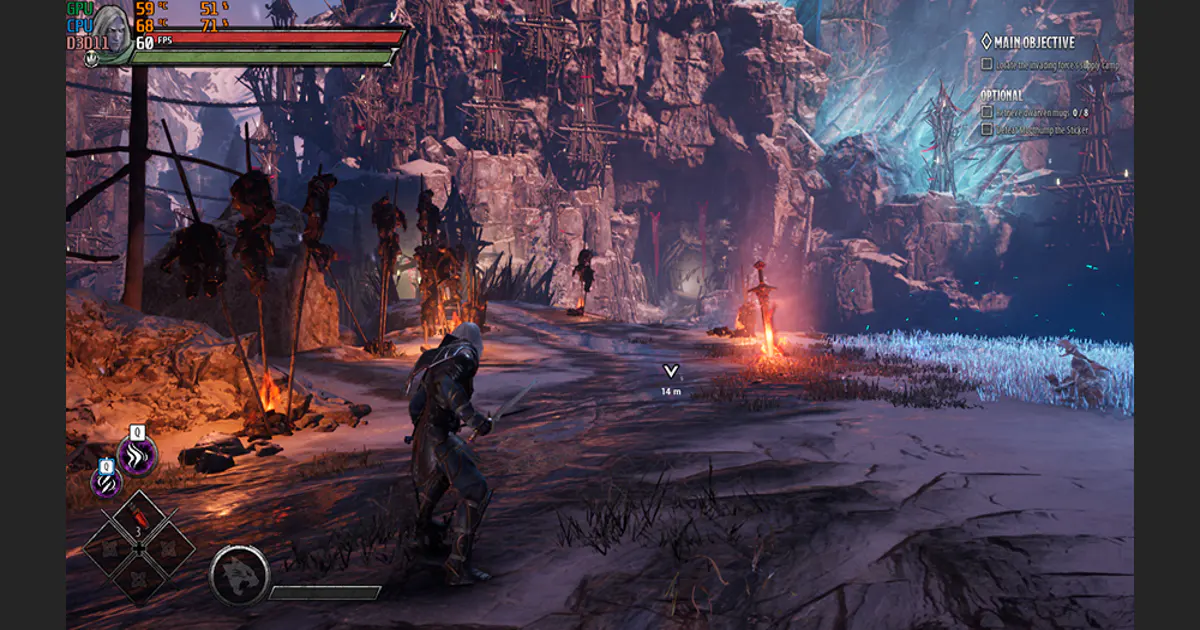
Years later, the Dark Alliance brand was revived: in 2021, Dungeons & Dragons: Dark Alliance was released by Tuque Games and published by Wizards of the Coast. This title, a spiritual successor rather than a direct sequel, took players to Icewind Dale with legendary R.A. Salvatore characters like Drizzt Do'Urden. Designed for four-player co-op, it offered a modern third-person action RPG experience. Despite high fan interest, the game received mixed reviews and its online services were discontinued in 2025. Still, its release underscored Dark Alliance's enduring place in Baldur's Gate's legacy.
Classic Revival: Enhanced Editions and New Expansions
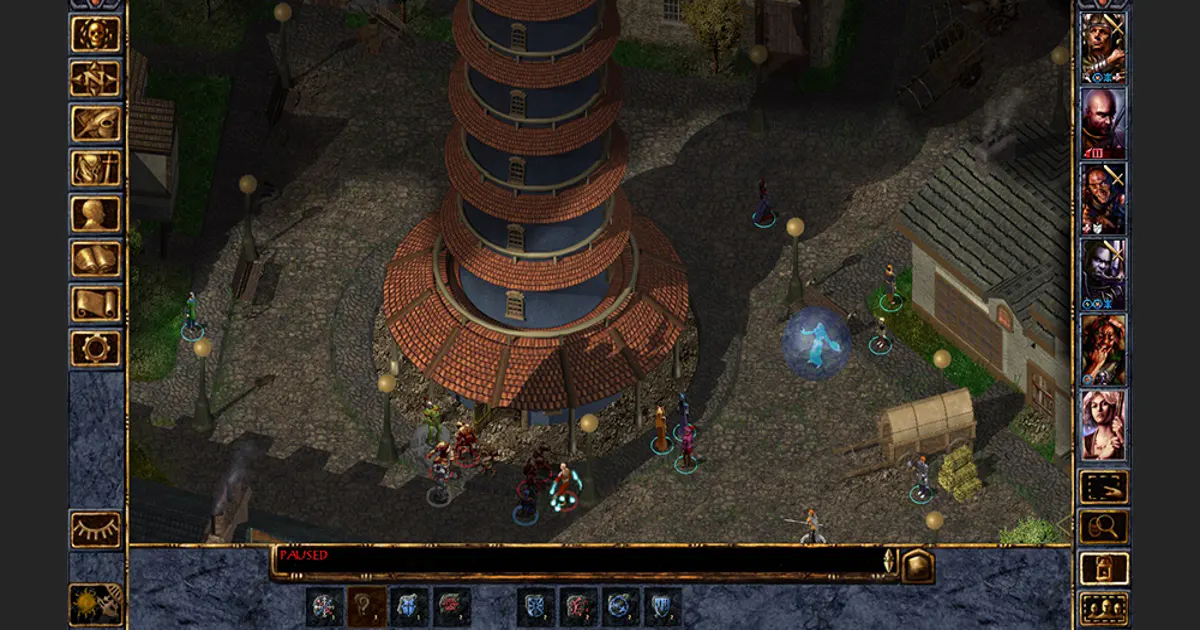
In 2012, nearly a decade after the last Baldur's Gate game, Canadian company Beamdog (founded by original developer Trent Oster) released Baldur's Gate: Enhanced Edition, a remastered version for modern platforms. This edition included the original game and Tales of the Sword Coast, along with new companions, quests, and locations. The Infinity Engine was modernized with high-resolution support, widescreen compatibility, and improved OS integration, introducing the classic RPG to a new generation. Initially launched on Windows and iOS, Enhanced Edition was later ported to macOS, Android, and, by 2019, to PlayStation 4, Xbox One, and Nintendo Switch, highlighting the game's lasting popularity.
The remaster's success led to Baldur's Gate II: Enhanced Edition in 2013, combining Shadows of Amn and Throne of Bhaal with UI improvements and new quests. This, too, reached PC, mobile, and consoles, keeping the classic duology relevant on modern systems. Beamdog also created an entirely new expansion bridging Baldur's Gate I and II: Baldur's Gate: Siege of Dragonspear (2016). This add-on introduced a new chapter, filling the narrative gap between the two classics and offering about 30 hours of adventure with familiar characters. Siege of Dragonspear received mixed reviews-some fans welcomed the old-school return, while others criticized story choices and technical issues-but its release proved sustained interest in the Baldur's Gate universe. The add-on was later ported to mobile and consoles as part of the Enhanced Edition bundles.
Thanks to Beamdog's re-releases, the classic Baldur's Gate games found new life. A new generation discovered these legendary RPGs on modern devices, while remasters supported community mods and multiplayer, helping maintain an active fanbase and paving the way for the series' full-fledged return.
Baldur's Gate 3 (2023): The Return of a Legend
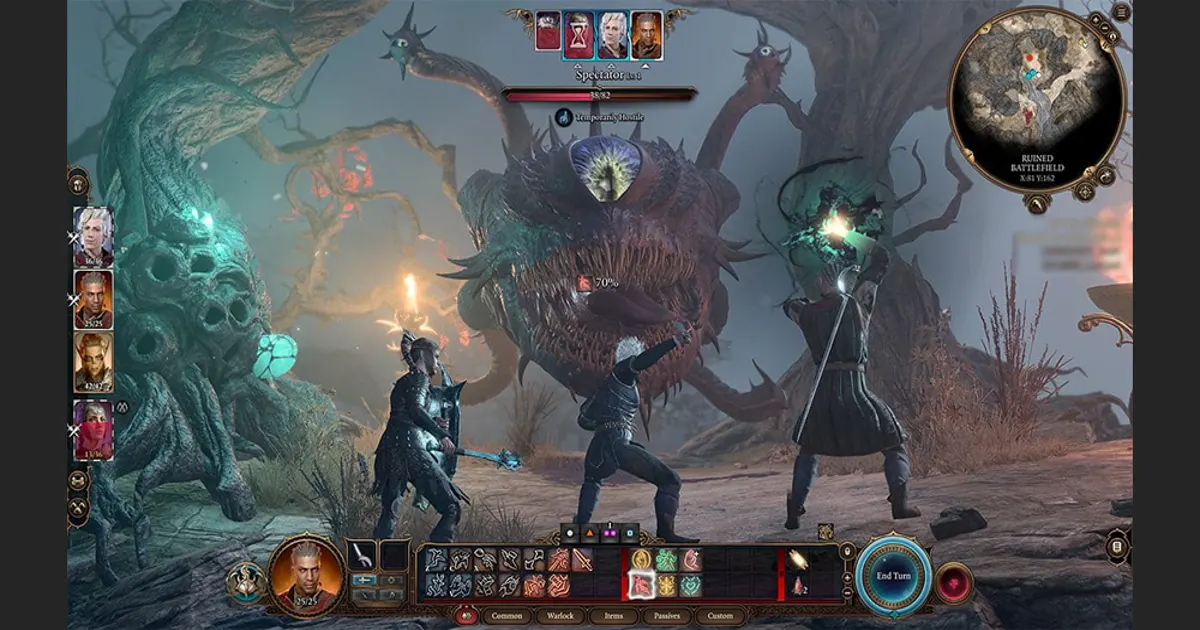
Nearly 25 years after Baldur's Gate II, the series finally gained a third mainline entry. Development of Baldur's Gate 3 was entrusted to Belgium's Larian Studios, acclaimed for the Divinity: Original Sin RPG series. Licensed by Wizards of the Coast, Larian announced the project in 2019. Baldur's Gate 3 launched for PC (Windows) in August 2023, with PlayStation 5 and macOS releases in the fall, and an Xbox Series X/S version in December. The game ushered in a new era, reimagining many aspects for modern audiences. Most notably, it switched from real-time with pause to a turn-based combat system fully aligned with D&D 5th Edition rules. Battles are now turn-based, echoing Divinity: Original Sin, but with a unique initiative system for dynamic, tactical encounters. Party size was reduced to four (from six), but each companion features even deeper personalities, storylines, and interactions.
Baldur's Gate 3 runs on Larian's Divinity Engine 4.0, producing a detailed 3D world with cinematic dialogue and cutscenes. The game emphasizes player freedom true to the tabletop D&D spirit: nearly any object in the environment is interactive, many problems can be solved in multiple ways, and dialogue options depend on race, class, and past choices. BG3's scope and non-linearity far surpass its predecessors, bringing to life the original Baldur's Gate's vision in a modern context.
The story unfolds 120 years after Baldur's Gate II (in-game chronology: 1492 DR). It references past events-such as the legacy of the Bhaalspawn-and features descendants or echoes of classic characters, yet tells a self-contained tale. The main antagonists are the mind flayers, a race of psychic monsters abducting and infecting victims with parasitic tadpoles. The player's protagonist is one such captive, starting the game aboard a mind flayer nautiloid ship with a larva in their head-a ticking time bomb that could transform them into a mind flayer. Escaping crash, the hero meets other infected characters-potential companions-forming a new party. Standout companions include Lae'zel the githyanki warrior, Shadowheart the half-elf cleric, Astarion the vampire elf, Gale the wizard, Wyll the warlock, and Karlach the tiefling barbarian. Together, they explore the lands around Baldur's Gate, oppose the cult of the mysterious Absolute, and seek a cure for their affliction. BG3's plot is richly branched, with outcomes heavily influenced by player choices-combat, diplomacy, stealth, and moral alignment are all viable paths. Larian has masterfully adapted the spirit of tabletop D&D for digital adventurers.
Upon release, Baldur's Gate 3 enjoyed overwhelming critical acclaim. Reviewers praised its intricate gameplay, captivating story, vast content, and unprecedented player agency. It became one of the highest-rated RPGs of the decade, making history as the first game to win "Game of the Year" at five major industry awards (including Golden Joystick, The Game Awards, D.I.C.E., GDC Awards, and BAFTA). Commercially, it surpassed expectations, selling over 10 million copies in just a few months-clear evidence of the audience's immense enthusiasm. Thus, Baldur's Gate didn't just return; it stormed into the modern RPG scene, proving that classic role-playing values remain in demand.
Conclusion
Baldur's Gate has traveled a remarkable journey-from a revolutionary late-90s duology that revived the CRPG genre to a modern blockbuster cementing its legendary status. BioWare and Black Isle's Infinity Engine games established the blueprint for party-based RPGs, setting standards that endure to this day. Despite long periods of dormancy, the world of Baldur's Gate was kept alive through re-releases and spin-offs, paving the way for the franchise's full return.
Baldur's Gate 3 by Larian Studios not only preserves the originals' spirit-deep storytelling, meaningful choices, and the rich Forgotten Realms atmosphere-but also brings cutting-edge technology and modern design philosophies. Its phenomenal success confirms that Baldur's Gate remains a symbol of RPG excellence, bridging generations of gamers. The series' history is a shining example of how a legendary game can endure, returning after decades to once again lead its genre and inspire new adventurers in the world of fantasy.